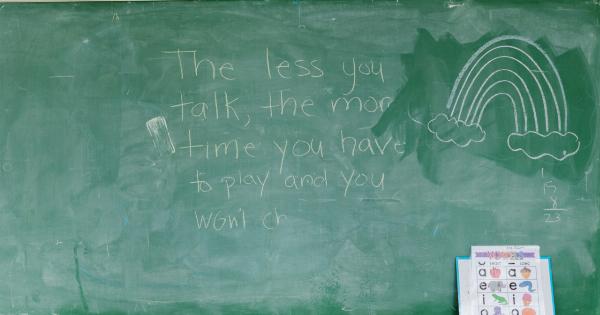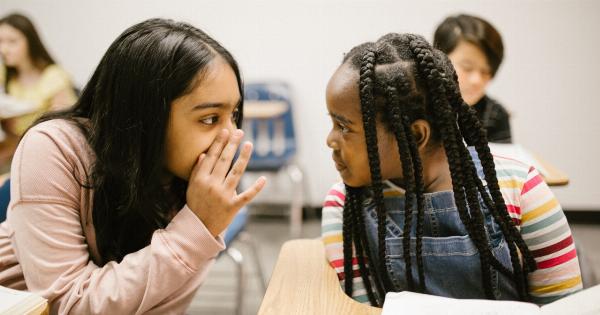Bullying is a major problem in schools around the world, affecting millions of students and their families each year. It can cause emotional distress, physical harm, and even suicide in extreme cases.
As such, preventing and responding to school bullying is essential to ensure a safe and healthy learning environment for all students. This guide provides an overview of effective anti-bullying strategies, policies, and programs that can be implemented in schools.
What is School Bullying?
School bullying is defined as any repeated negative behavior that is intended to harm, intimidate, or control another person or group of people. Bullying can take many forms, including physical, verbal, and relational aggression.
Some common examples of school bullying include taunting, name-calling, physical violence, exclusion, and cyberbullying.
Understanding the Consequences of School Bullying
The consequences of school bullying can be severe, both for the victims and the perpetrators. Victims of bullying can experience a range of negative consequences, including depression, anxiety, poor academic performance, social isolation, and suicide.
Perpetrators of bullying may also experience negative consequences, such as poor academic performance, substance abuse, and criminal behavior.
Effective Anti-Bullying Strategies
Preventing school bullying requires a multi-faceted approach that addresses the root causes and enlists the help of teachers, parents, and students alike. Some effective anti-bullying strategies include:.
- Developing clear policies and procedures around bullying prevention and response
- Providing training for teachers and staff on how to recognize and respond to bullying
- Encouraging students to speak up and report incidents of bullying
- Fostering a positive school culture that values respect, kindness, and empathy
- Engaging parents and families in efforts to prevent bullying
- Providing support for victims of bullying, such as counseling and therapy
Effective Policies and Programs
Effective anti-bullying policies and programs can go a long way towards preventing and responding to bullying in schools. Some examples of effective policies and programs include:.
- Zero-tolerance policies that make it clear that bullying will not be tolerated
- Student-led anti-bullying programs that empower young people to take action against bullying
- Restorative justice programs that emphasize accountability and repairing harm caused by bullying
- Universal bullying prevention programs that promote respect, kindness, and empathy among all students
- Cyberbullying prevention programs that teach students how to use technology safely and responsibly
- Bullying prevention programs that engage the whole school community in efforts to prevent and respond to bullying
Responding to School Bullying
It is important to respond quickly and effectively to incidents of school bullying to prevent further harm. Some steps to responding to school bullying include:.
- Documenting the incident in writing, including the date, time, location, and nature of the incident
- Interviewing the victim, perpetrator, and any witnesses to get a clear understanding of what happened
- Providing support for the victim, such as counseling and therapy
- Confronting the perpetrator and explaining the consequences of their behavior
- Applying appropriate consequences, such as suspension or expulsion, if necessary
- Following up with the victim and the perpetrator to ensure that the bullying has stopped and that there are no ongoing issues
Conclusion
School bullying is a serious problem that requires a multi-faceted approach to prevention and response. By developing effective strategies, policies, and programs, schools can create a safe and healthy learning environment for all students.















